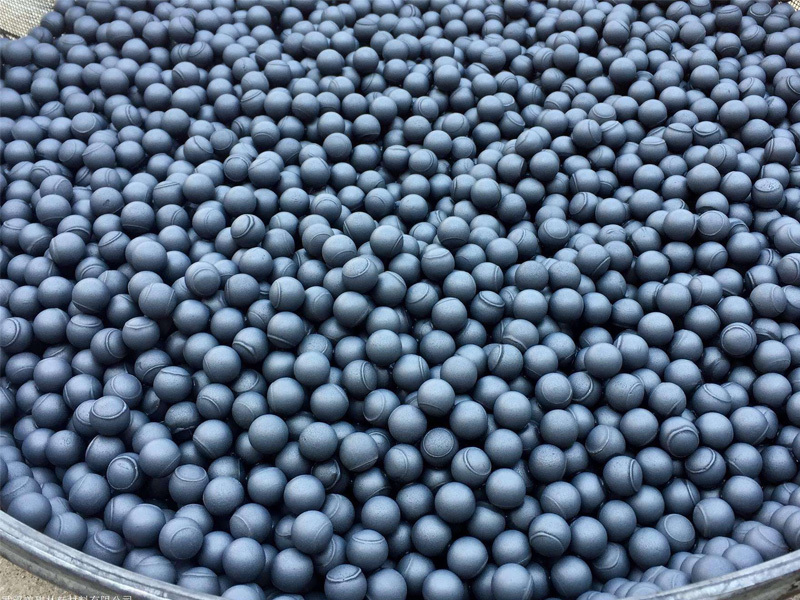What are the applications of recrystallized silicon carbide?
Release time:
2022-08-31
Recrystallized silicon carbide What are its applications?

Recrystallized silicon carbide is valued in many fields due to its excellent comprehensive performance. Recrystallized silicon carbide (R-SiC) is a silicon carbide material without a binder phase, and its excellent high-temperature performance is closely related to its synthesis mechanism. So what are the applications of recrystallized silicon carbide?
What are the applications of recrystallized silicon carbide?
1. Structural materials
As a structural material, Recrystallized silicon carbide it mainly utilizes its excellent high-temperature mechanical properties, such as kiln furniture, rollers, shelves, beams, and load-bearing components for silicon wafer processing. It is one of the few materials that can be used as load-bearing components in air above 1500°C. Due to its high strength and high thermal conductivity, saggars and shelves can be made very thin, effectively reducing the reference object of the kiln furniture, greatly reducing the loading rate of the kiln furniture and the ceramics to be fired, improving the utilization rate of the kiln, achieving rapid firing of ceramics, and increasing kiln output many times, thereby reducing the unit energy consumption of the kiln.
2. Porous materials
Due to the preparation process, recrystallized silicon carbide requires no or only a small amount of pore-forming agent to obtain high porosity, and it does not shrink during sintering, so it will not produce internal stress leading to cracking or bending of the material. When preparing large-size products, the advantages of recrystallized silicon carbide are particularly obvious, because its porosity is not affected by the sintering temperature like other porous ceramics, so it is not necessary to lower the sintering temperature and sacrifice the strength of the material to ensure porosity. Current application areas include diesel engine exhaust gas filtration, metal smelting filtration, and fossil fuel air filtration.
3. Heat exchange materials
Due to its high thermal conductivity and light absorption, recrystallized silicon carbide is made into honeycomb ceramics for use in solar energy collectors in solar power towers, absorbing reflected strong light and converting it into heat to heat the air, driving steam turbines to generate electricity; due to its good oxidation resistance and excellent thermal shock resistance, its operating temperature is above 1100°C, and it has been successfully applied to a 200kW power tower.
4. Electrothermal materials
Recrystallized silicon carbide It can be used as a high-temperature igniter, with an operating temperature close to 1500°C. However, there are a large number of interconnected pores in the igniter, allowing oxidizing gases to enter the igniter through the interconnected pores and react with the silicon carbide on the pore surface to form silicon dioxide. However, since silicon dioxide is an insulator, as the oxidation degree increases, the oxide layer becomes thicker, which will reduce the conductive cross-sectional area of the igniter, thereby reducing the heating efficiency. Currently, the adverse effects can be reduced by immersing a slurry containing Si3N4 particles into the porous silicon carbide to form a protective layer in the pores.
5. Composite materials
The porous structure of recrystallized silicon carbide provides conditions for its combination with other materials, especially liquid-phase materials such as metals or intermetallic compounds. This can obtain composite materials combining the properties of metals and ceramics, such as Al-RSiC and Cu-RSiC. It can be used as electronic packaging material.




